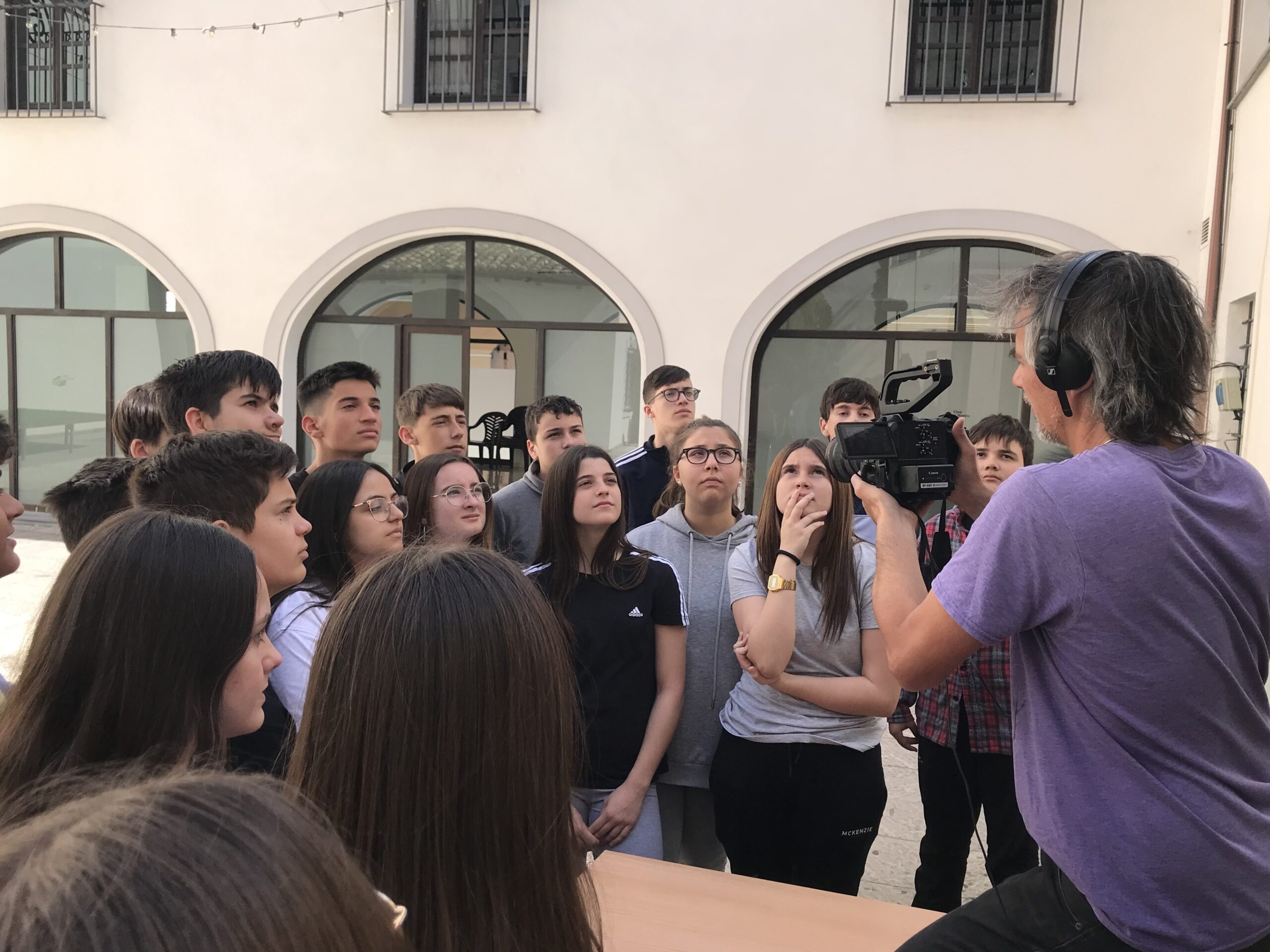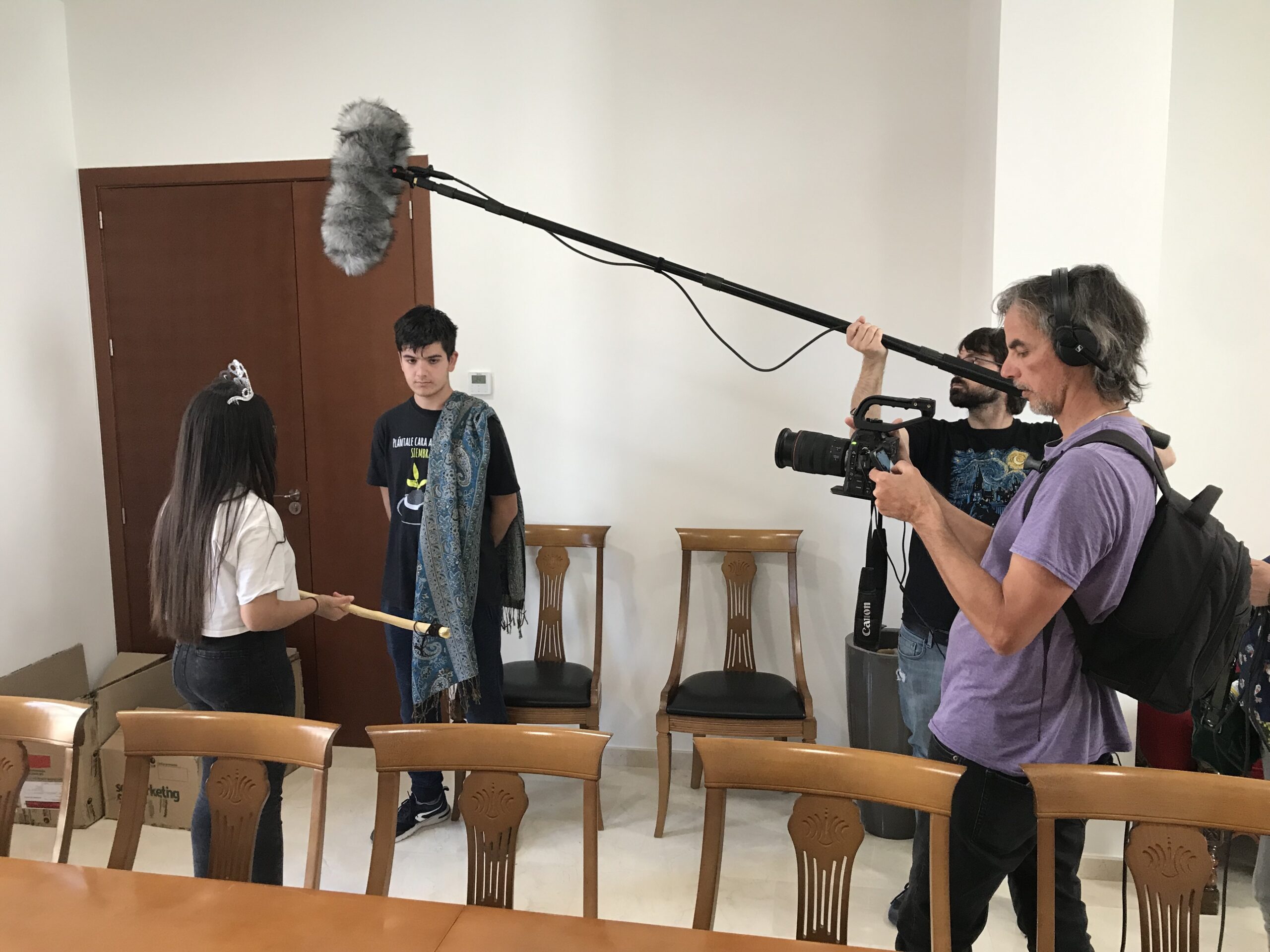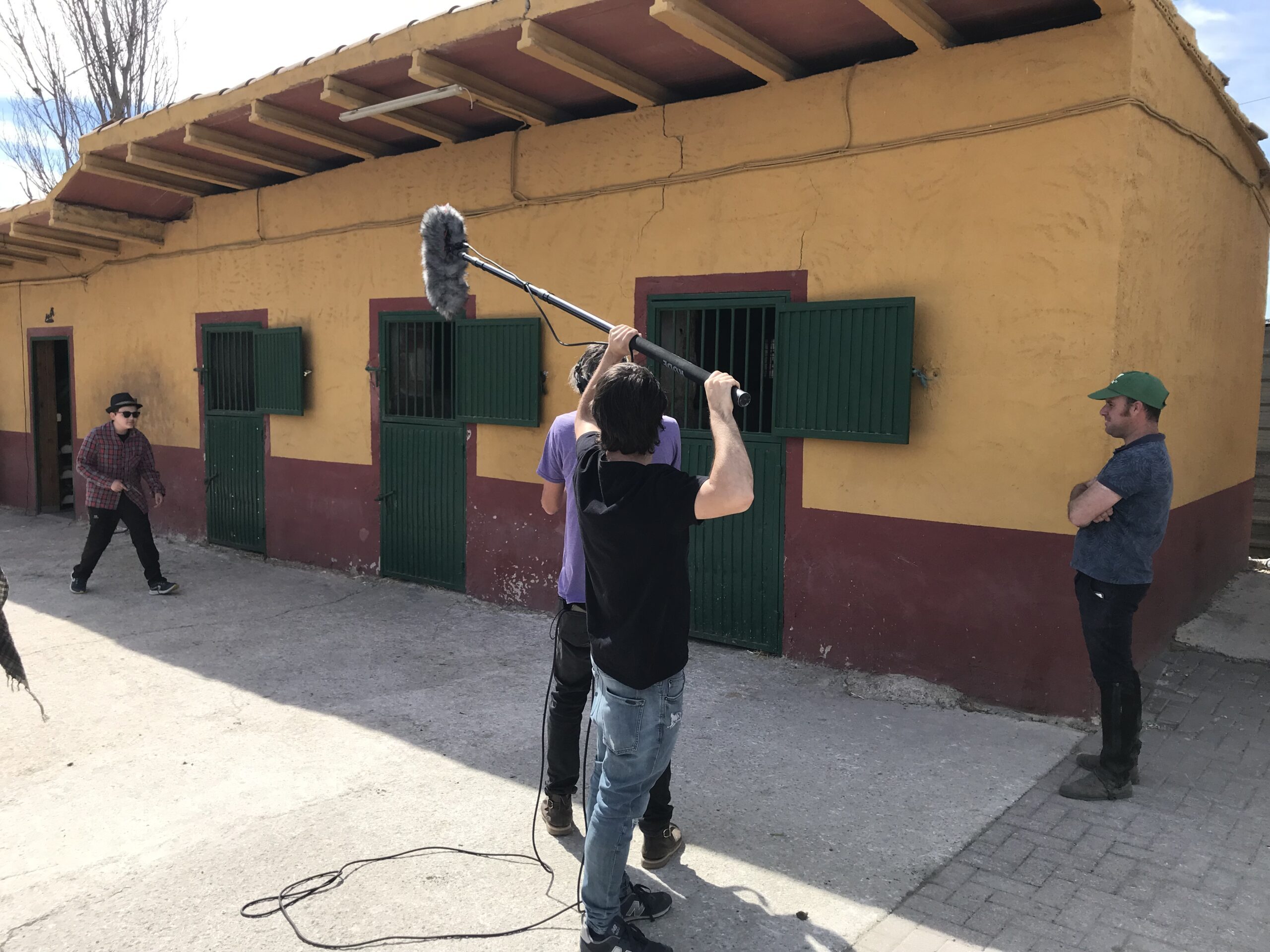
The project involves creating a collective audiovisual work on the social and emotional perception of a chosen landscape. The objectives include reflecting on the landscape through audiovisual creation, fostering creativity and expression, understanding the concept of transition, acquiring acting and audiovisual technique knowledge, and promoting teamwork. The participants, including students, a teacher, and an audiovisual mediator, go through phases such as research, emotional exercises, script creation, rehearsals, filming, and editing. The process aims to deepen participants’ connection with their environment, incorporating emotional knowledge into the learning experience.



The study area in this project is focused on the social and emotional perception of a chosen landscape. Participants engage in a multidisciplinary exploration that includes elements of geography, sociology, psychology, and the arts. The landscape serves as the central theme, and the study involves researching its various aspects, understanding the emotional responses it elicits, and ultimately translating these findings into a collective audiovisual work. The interdisciplinary nature of the study incorporates elements of environmental studies, cultural analysis, and artistic expression.
The pedagogical methodology employed in this project is experiential and participatory, designed to engage participants in a holistic learning process. The key elements of the methodology include:
Overall, the pedagogical methodology is designed to go beyond traditional classroom learning, encouraging participants to actively explore, reflect, and express themselves within the context of the chosen landscape.
The collaborative experience in this project is characterized by a participatory and multidisciplinary approach. It involves different stakeholders working together towards a shared goal, emphasizing collective creativity, exploration, and expression. Key aspects of the collaborative experience include:
In summary, the collaborative experience in this project is characterized by inclusive participation, shared decision-making, interdisciplinary contributions, and engagement with external stakeholders. It reflects a model of collaborative learning that extends beyond traditional educational boundaries.
The learning experience in this project takes place in multiple settings, reflecting a dynamic and immersive approach. The key locations include: classroom, chosen landscape, social/cultural center of the locality, outdoor locations, computer lab and community spaces.

